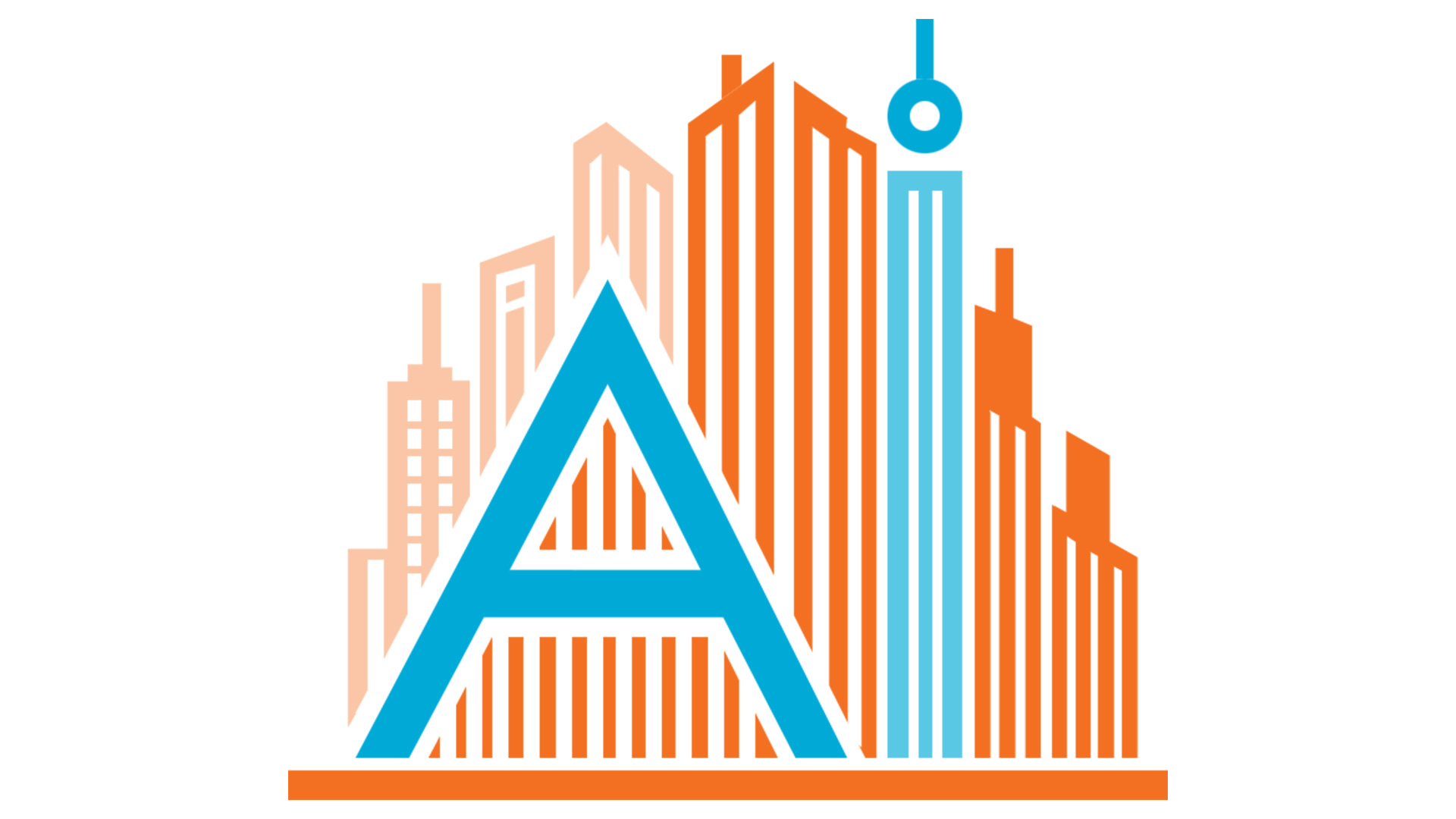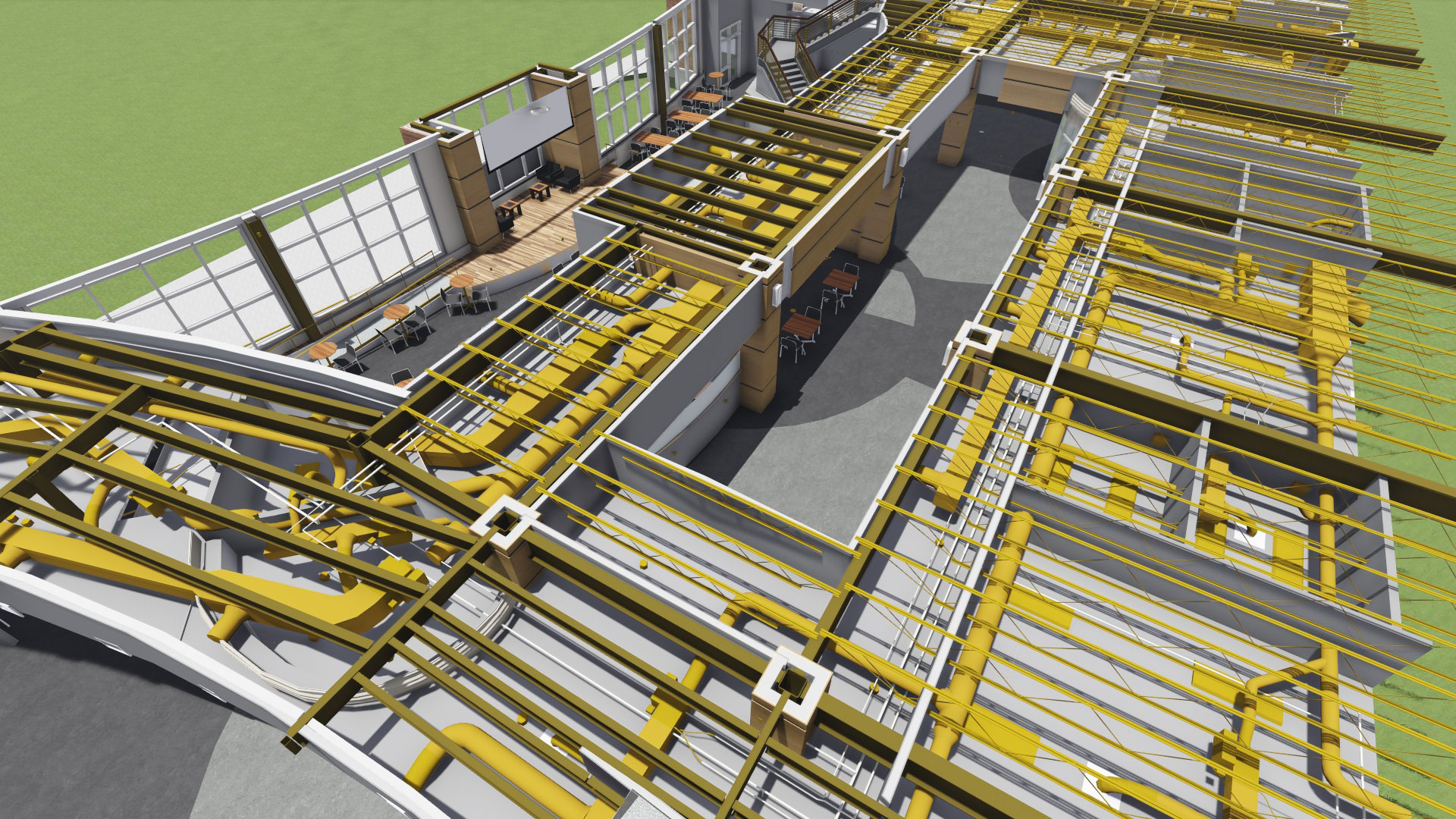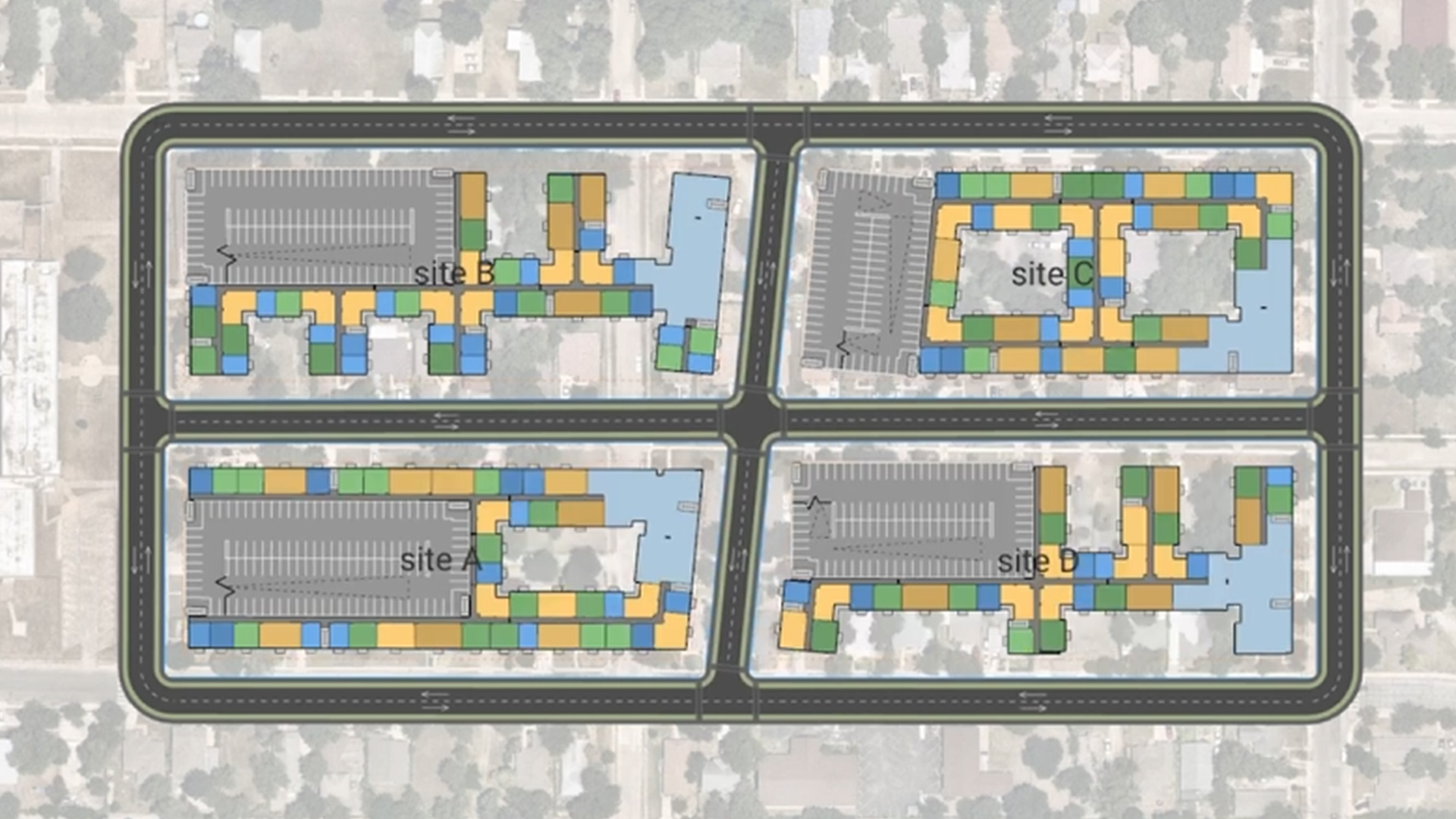Leveraging Artificial Intelligence in Architecture
By Ryan Birkey, RA
April 30, 2025Post Tagged in
A sword, however sharp, is only as good as the skill of the one who wields it. – George R.R. MartinThe same sentiment applies to Artificial Intelligence (AI) as it pertains to the architecture industry. AI has dominated headlines recently, with industries across the board exploring its potential. The architecture industry is no exception. Though AI isn’t a new concept—its roots trace back to the 1950s—a few major technological milestones were instrumental in laying the foundation for AI. These include the advent of the Internet, proliferation of smart devices, and cloud computing. While these technologies enabled AI, it was really the release of ChatGPT that made AI accessible and practical for many. |

|

 |
Incorporating AI into ArchitectureMost of the architectural industry today uses BIM, which stands for Building Information Modeling. In addition to the three-dimensional model components, BIM incorporates information and data into these elements. This provides various opportunities to integrate AI, which can streamline processes and improve collaboration among architects, engineers, and contractors. Key Benefits of AIAI can bring several advantages to the architecture industry:
|


